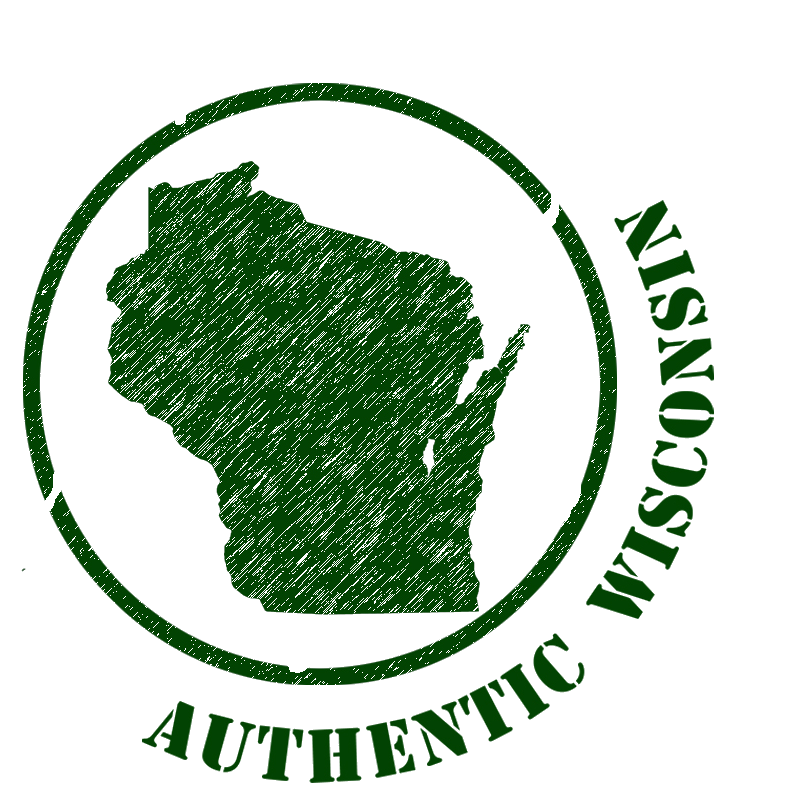 Skunk Cabbage - Symplocarpus foetidus
Skunk Cabbage - Symplocarpus foetidus
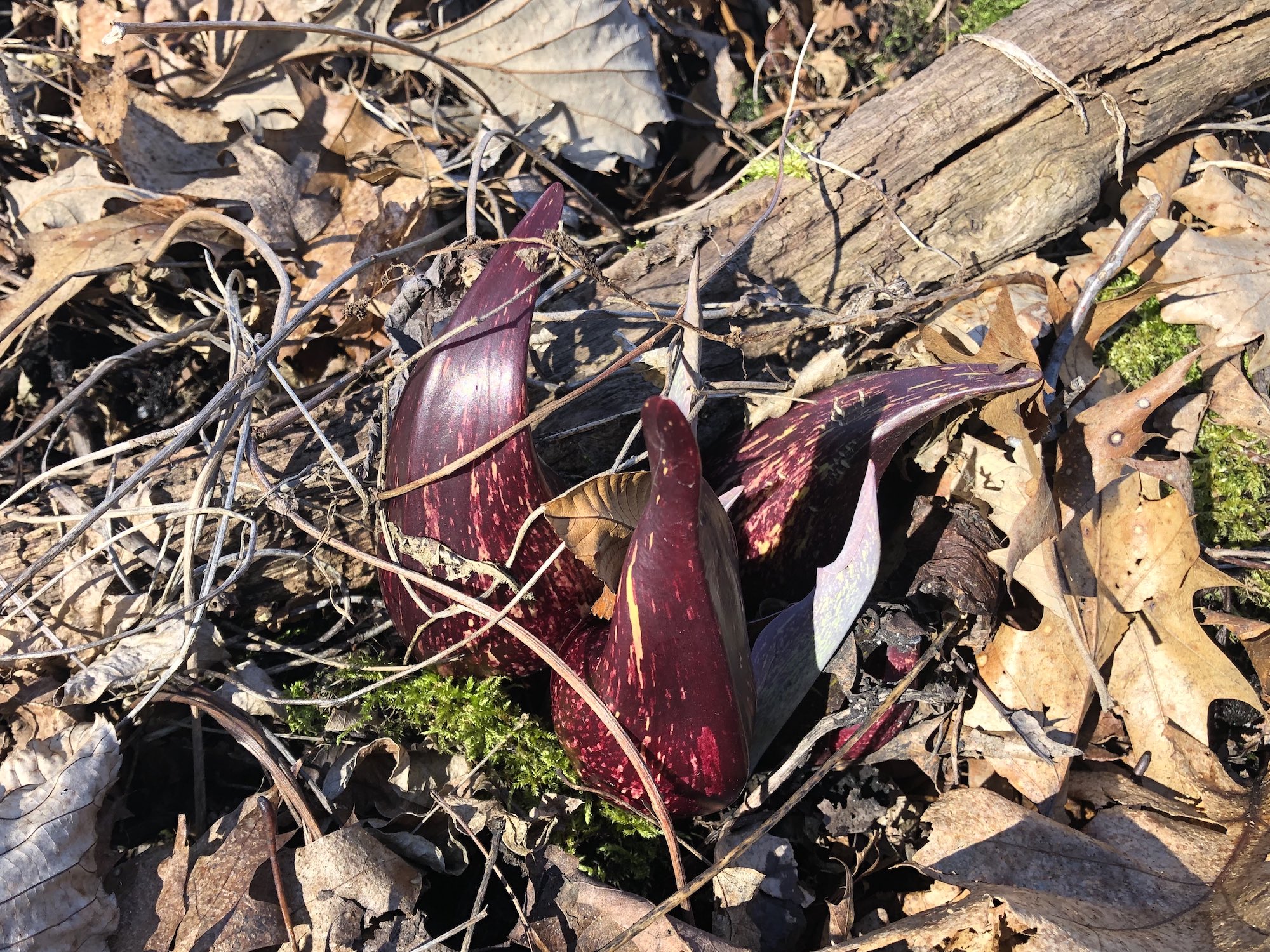
Above: Skunk Cabbage in UW-Madison Arboretum (3/13/20).
Eastern Skunk Cabbage - Symplocarpus foetidus
One of the first native first native plants to bloom in early spring. It emerges as early as February and can flower in early March. Skunk Cabbage are ephemeral in that their leaves die by late summer and the plants go dormant until the following spring.
Often blooming well before the snow melts, Skunk Cabbage is found in moist habitats, including marshy deciduous woods, wet thickets, swamps, near springs, alongside streams and wetlands, in bogs and by seeps.
Skunk cabbage is capable of blooming early in the season because it produces its own heat (a metabolic process called thermogenesis). It has been noted that
for two to three weeks, the Skunk Cabbage can maintain temperatures of 15-35 degrees C (55-95 F) within the spathe (a mottled maroon hood-like leaf) even if the temperature around the plant is still freezing.
The Skunk Cabbage gets it name from the odor it emits to attract pollinators. It has a skunk-like scent or smells of rotting meat. The sent is strongest when the plant is bruised or injured.
NOTE: There are two common types of Skunk Cabbage: Eastern and Western. Eastern Skunk Cabbage (Symplocarpus foetidus) is shown on this page. Western Skunk Cabbage (Lysichiton americanus) has a yellow flower that is shaped similar to Jack-in-the-pulpit; however, it does not grow in Wisconsin.
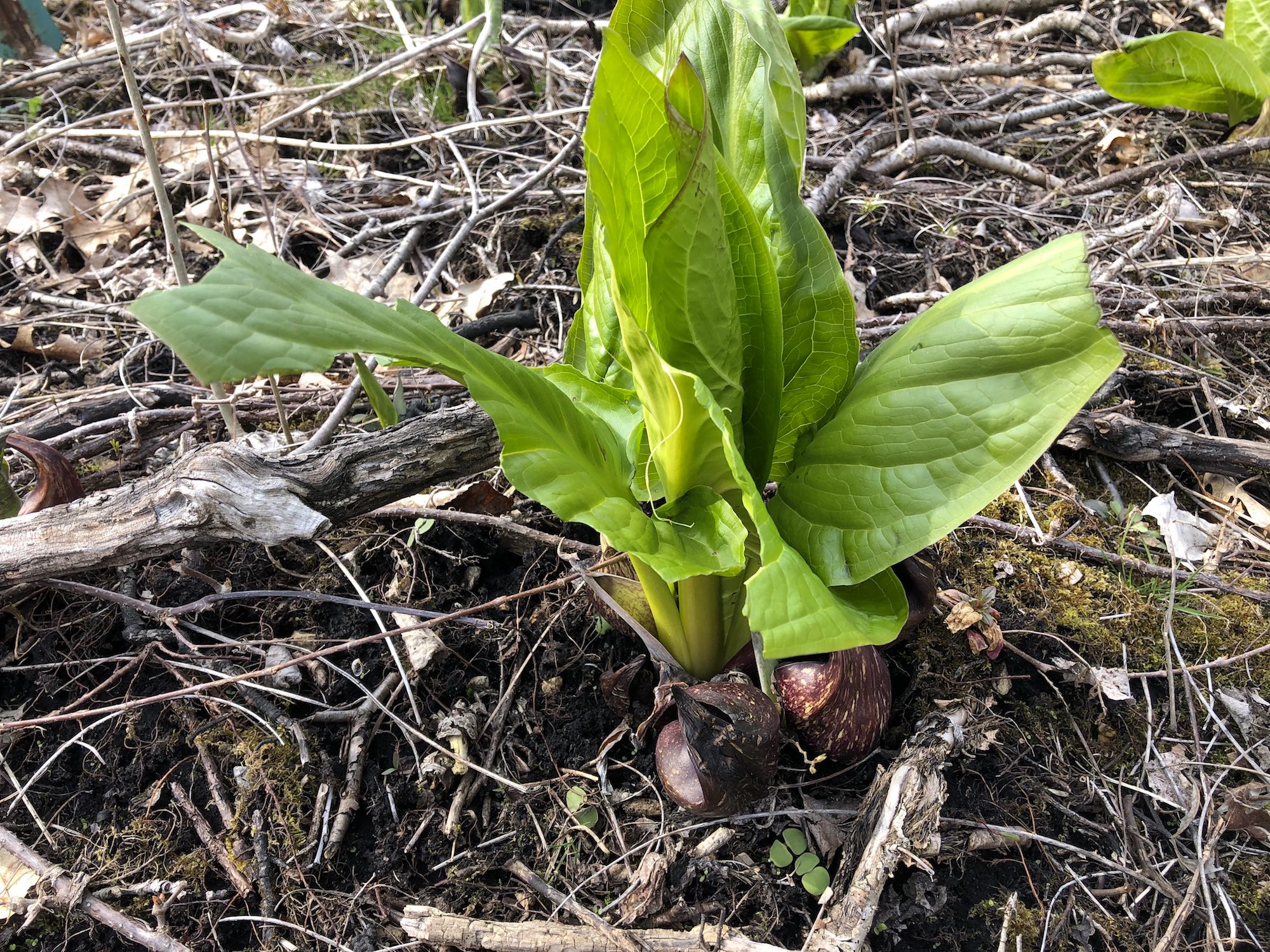
Above: Skunk Cabbage in UW-Madison Arboretum on April 17, 2020.
For more information on Skunk Cabbage, visit Wikipedia.
Or, visit the University of Wisconsin Horticulture Division website page about Skunk Cabbage.
Or, read about the UW-Madison Wisconsin Arboretum story about Skunk Cabbage wetlands.
Eastern Skunk Cabbage
Symplocarpus foetidus
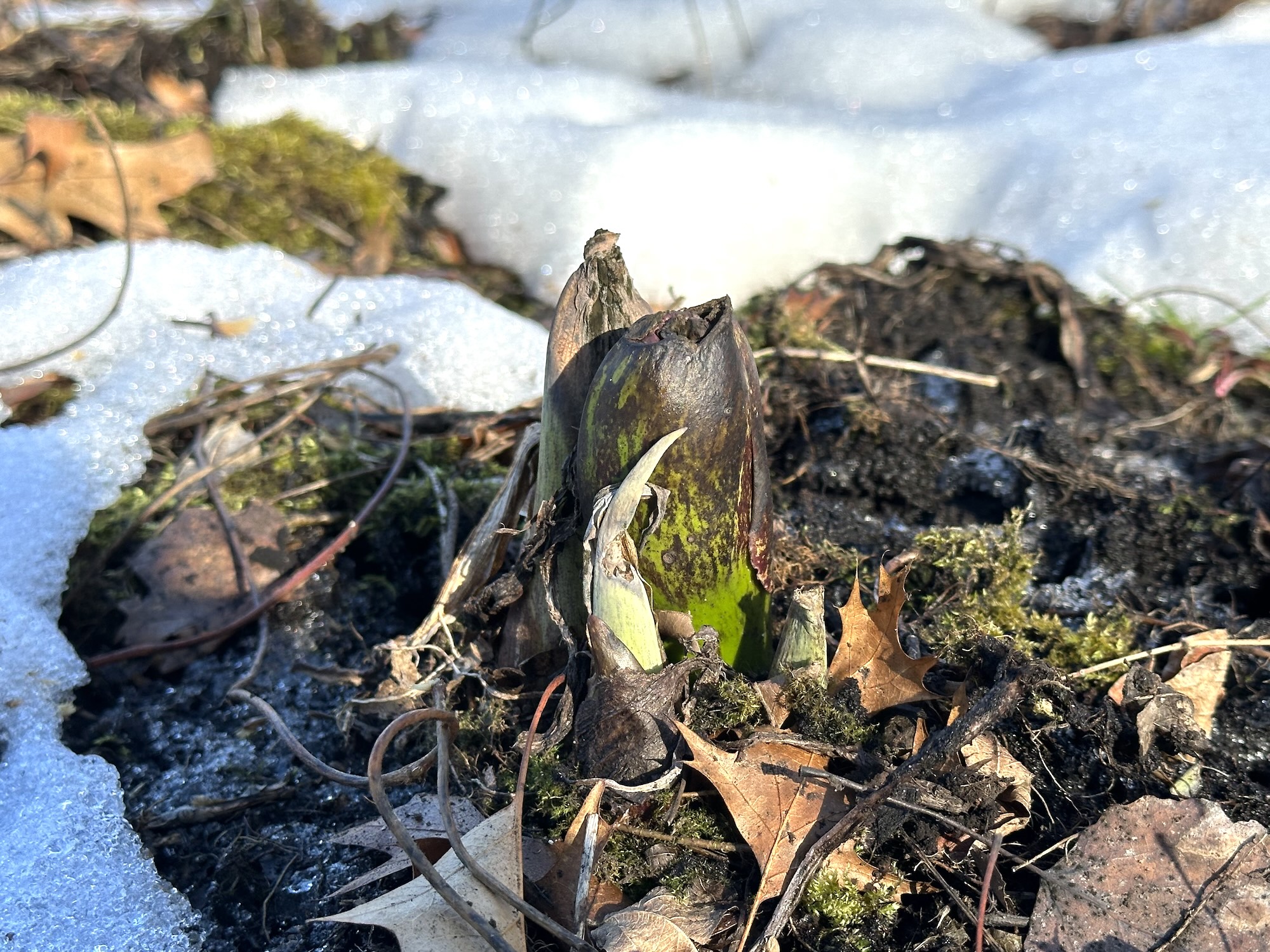
Above: Eastern Skunk Cabbage spathe (leaf) emerging in the UW-Madison Arboretum (2/4/24).
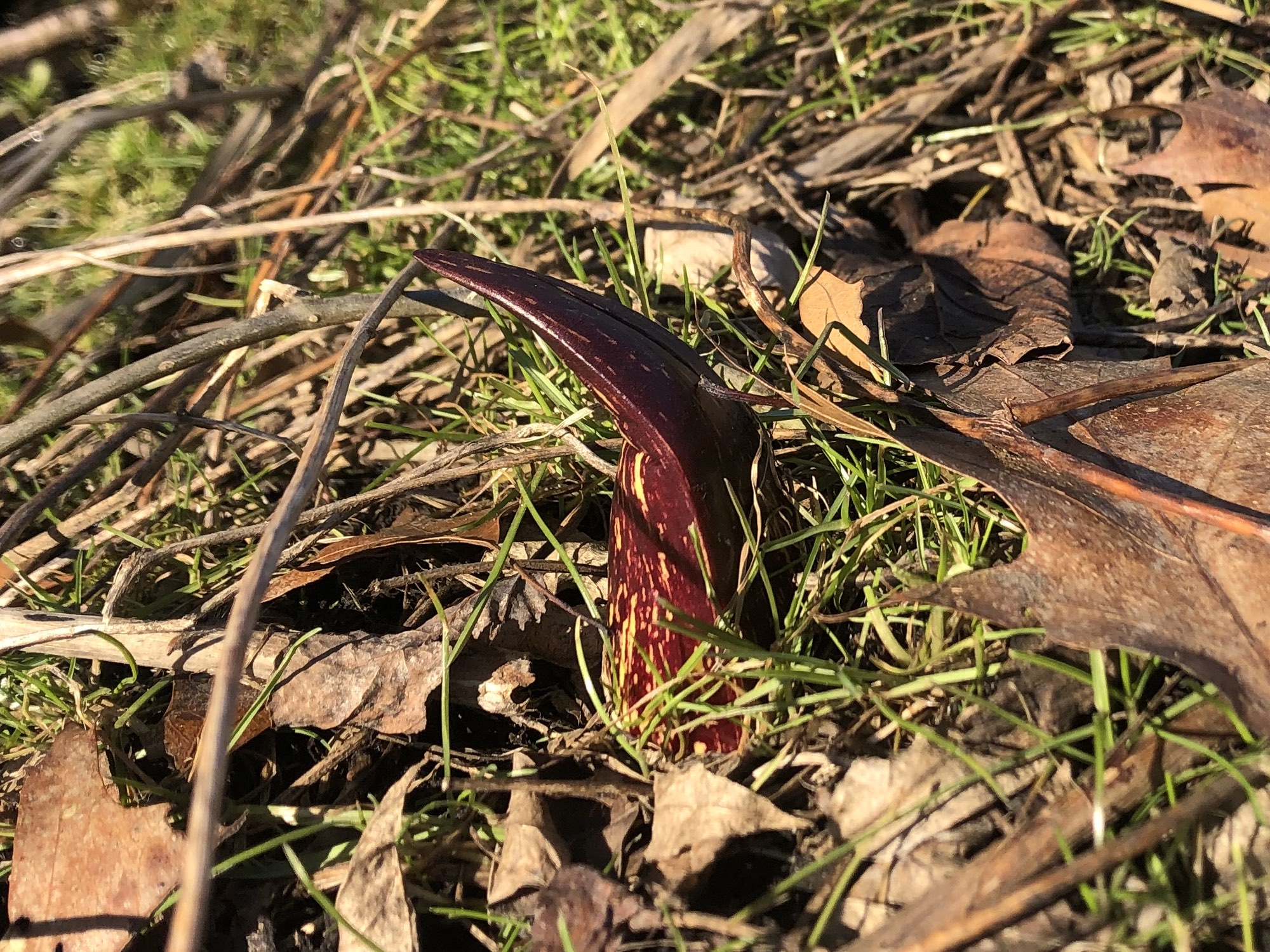
Above: Eastern Skunk Cabbage spathe (leaf) emerging in the UW-Madison Arboretum (2/19/23). The leaf, in my opinion, has a flower-like beauty.
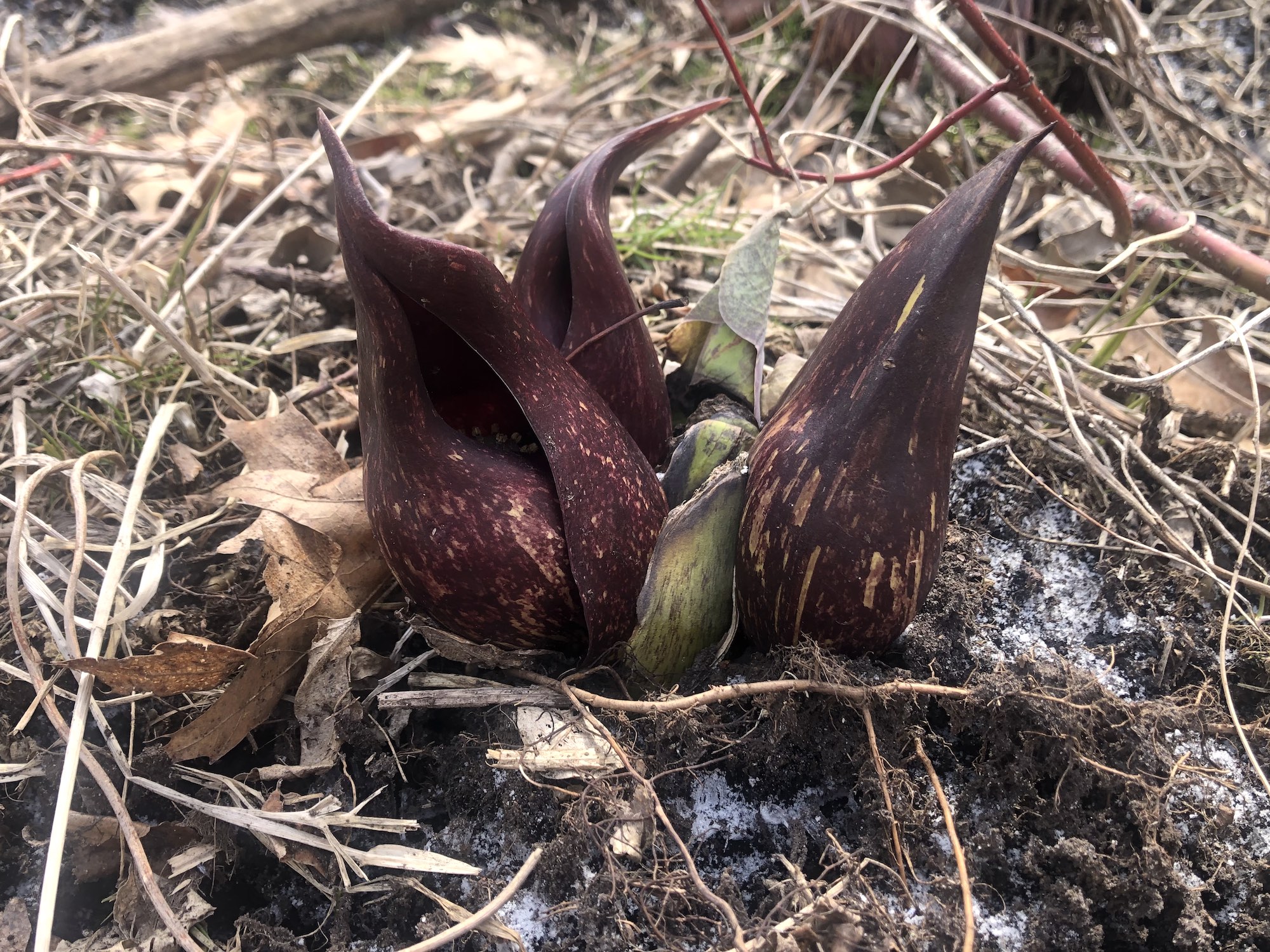
Above: Eastern Skunk Cabbage in the UW-Madison Arboretum (3/18/23).
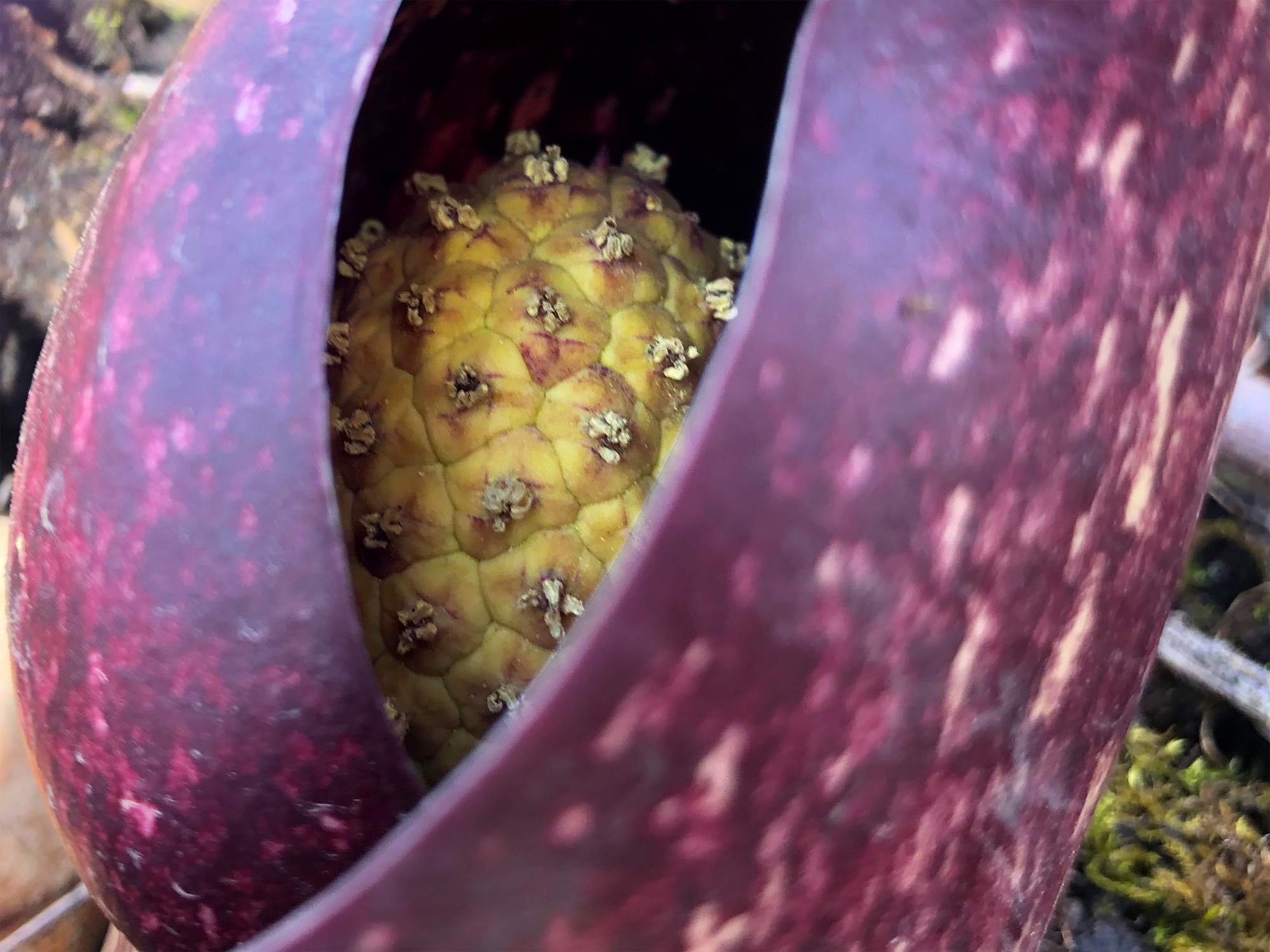
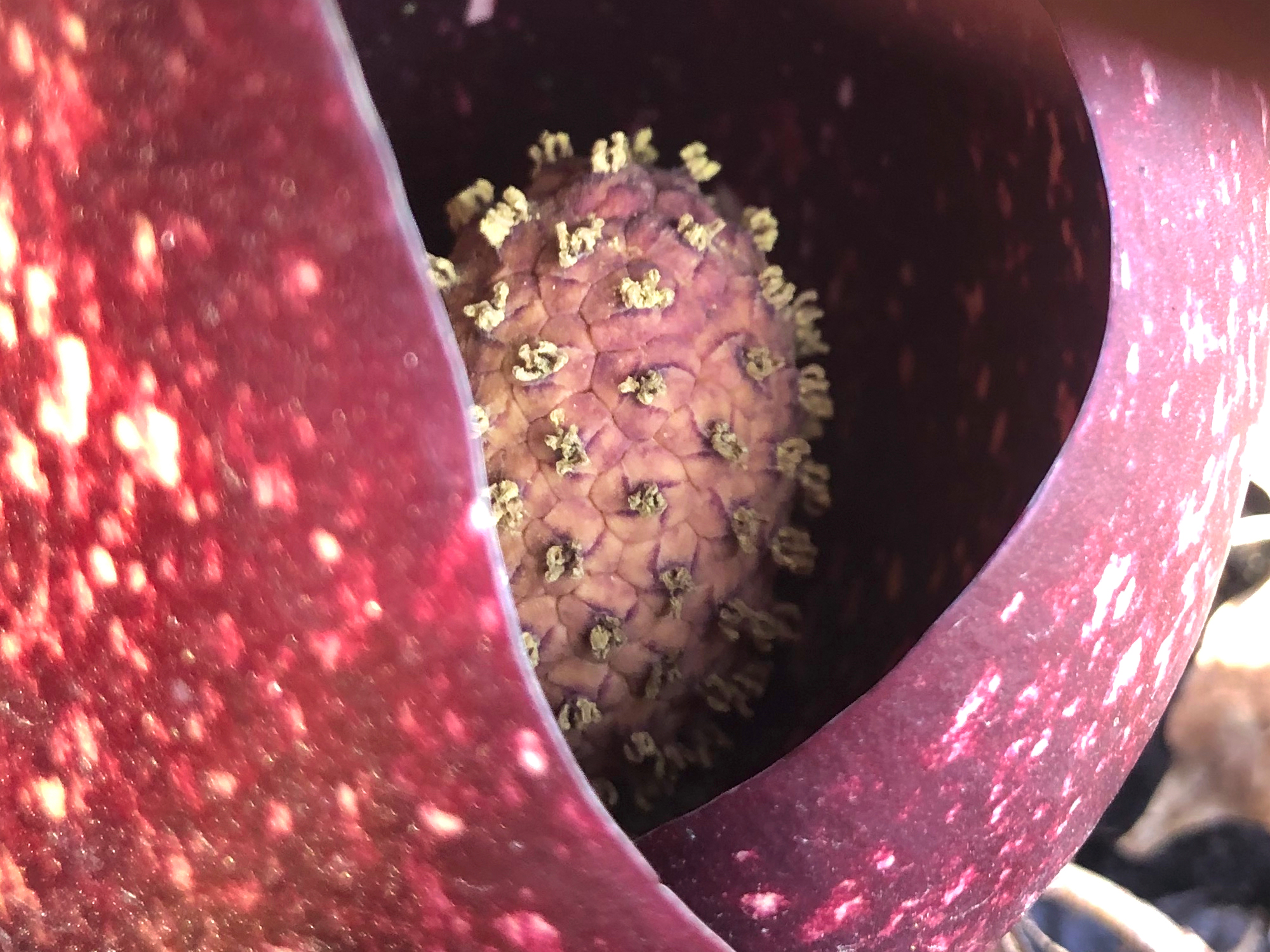
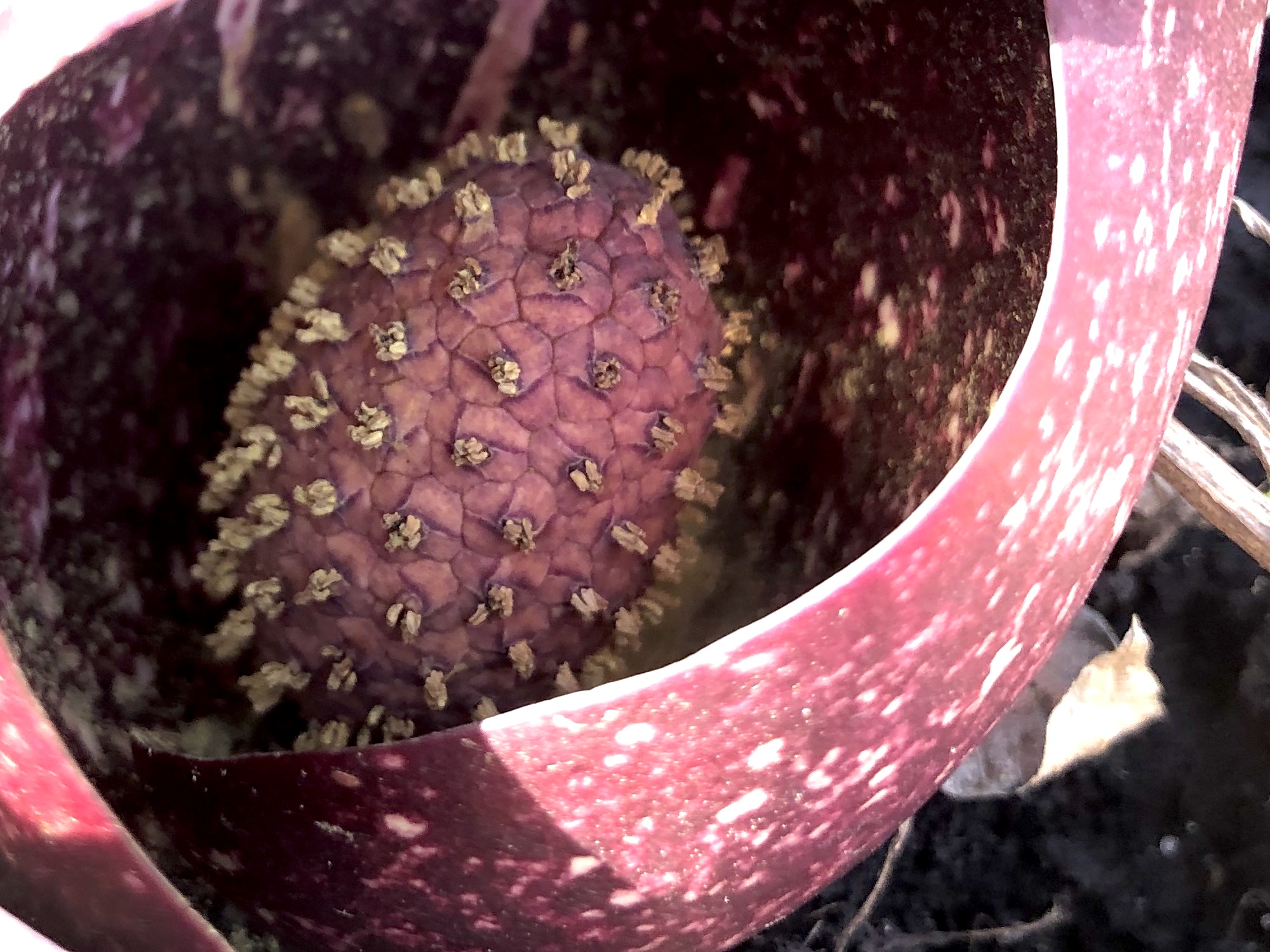
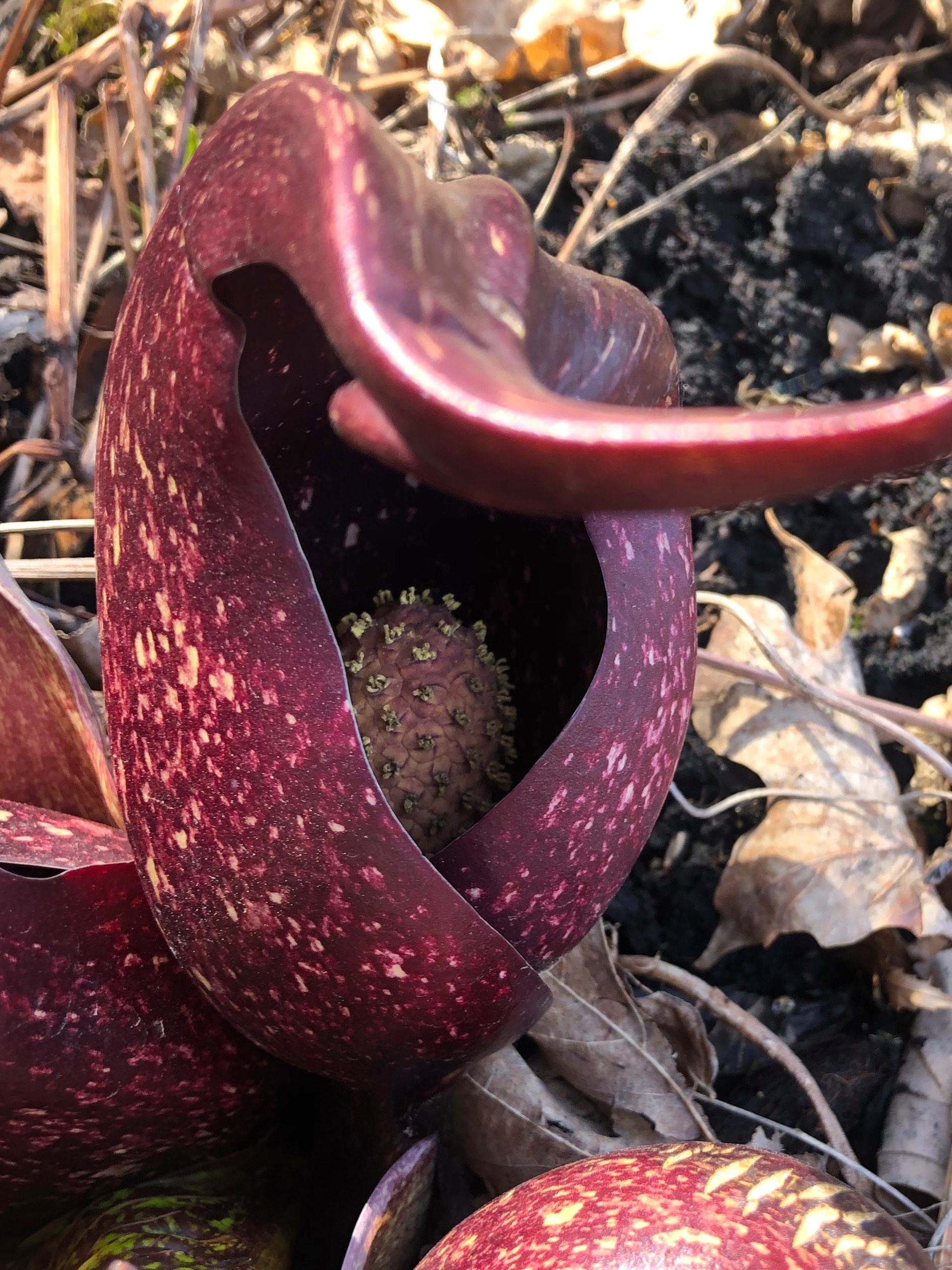
Above: Skunk Cabbage flower in UW-Madison Arboretum (3/30/21). The ovoid (egg-shaped) spadix (that can range in color from pale yellow to dark purple) is surrounded by a mottled, maroon, hood-like leaf (spathe). The ovoid spadix is divided into raised bumps and each bump bears a tiny flower.
The Skunk Cabbage flower (spathe and spadix) appears before the green leaves.
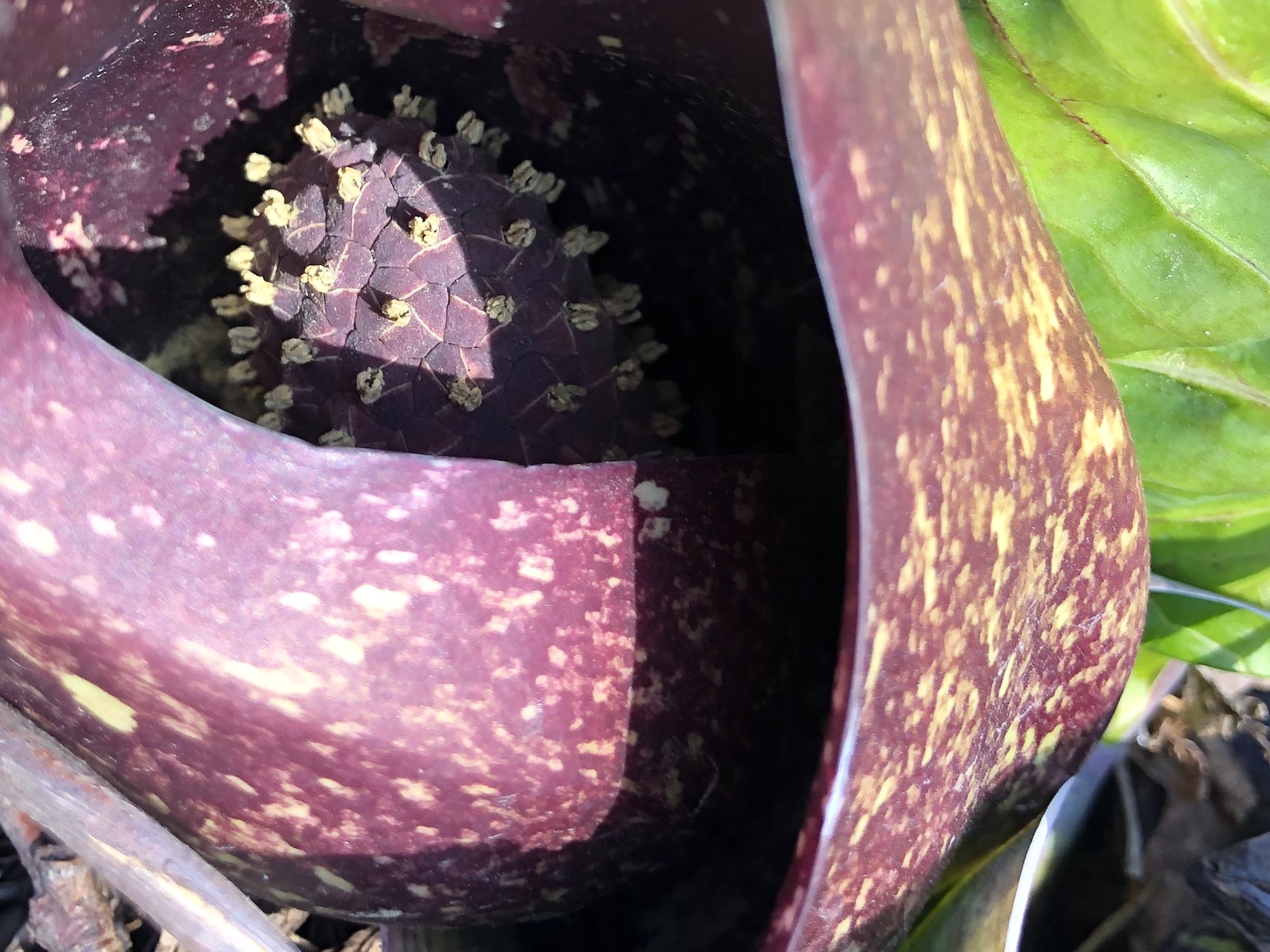
Above: Skunk Cabbage flower in UW-Madison Arboretum (4/4/21)
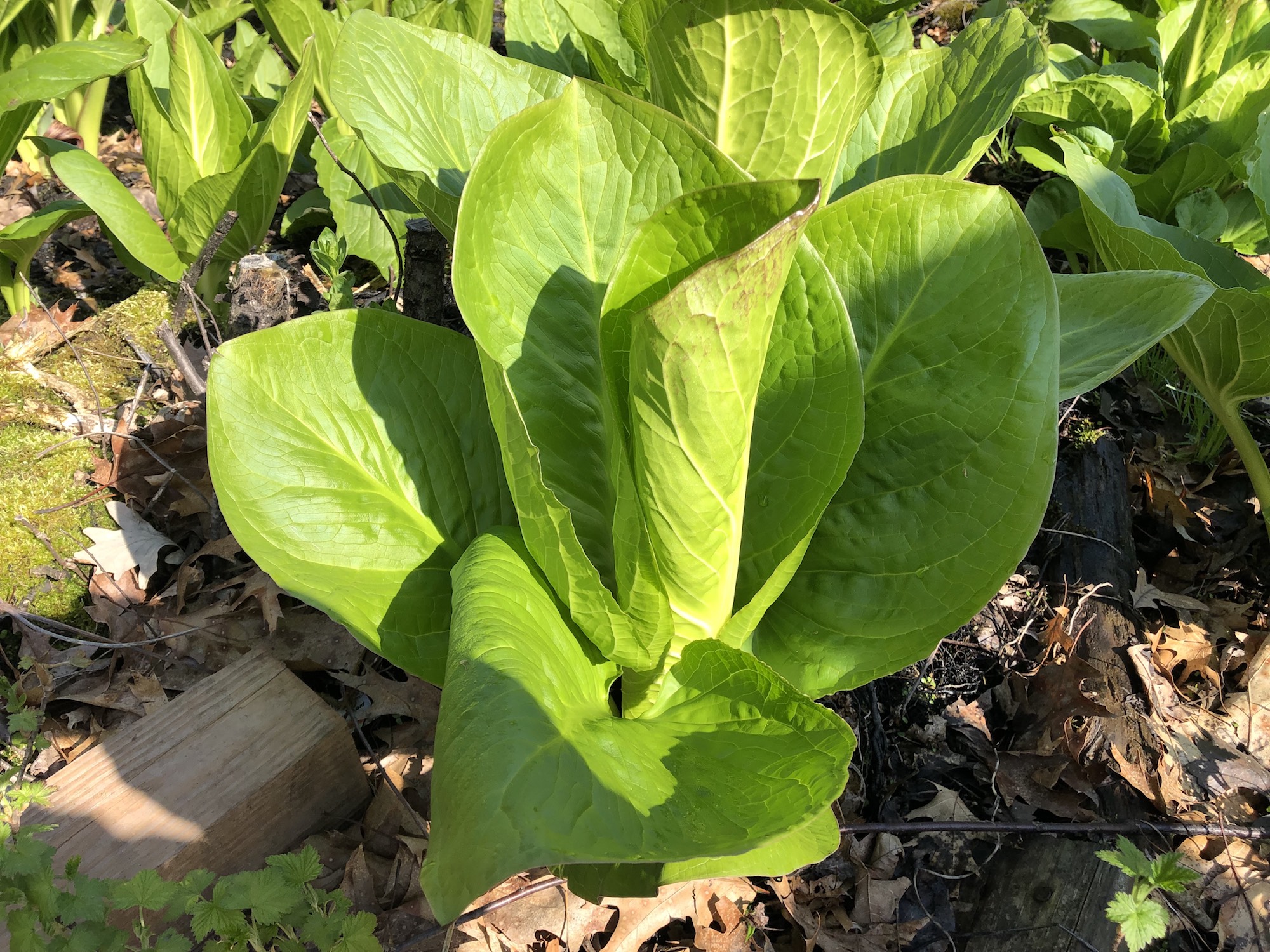
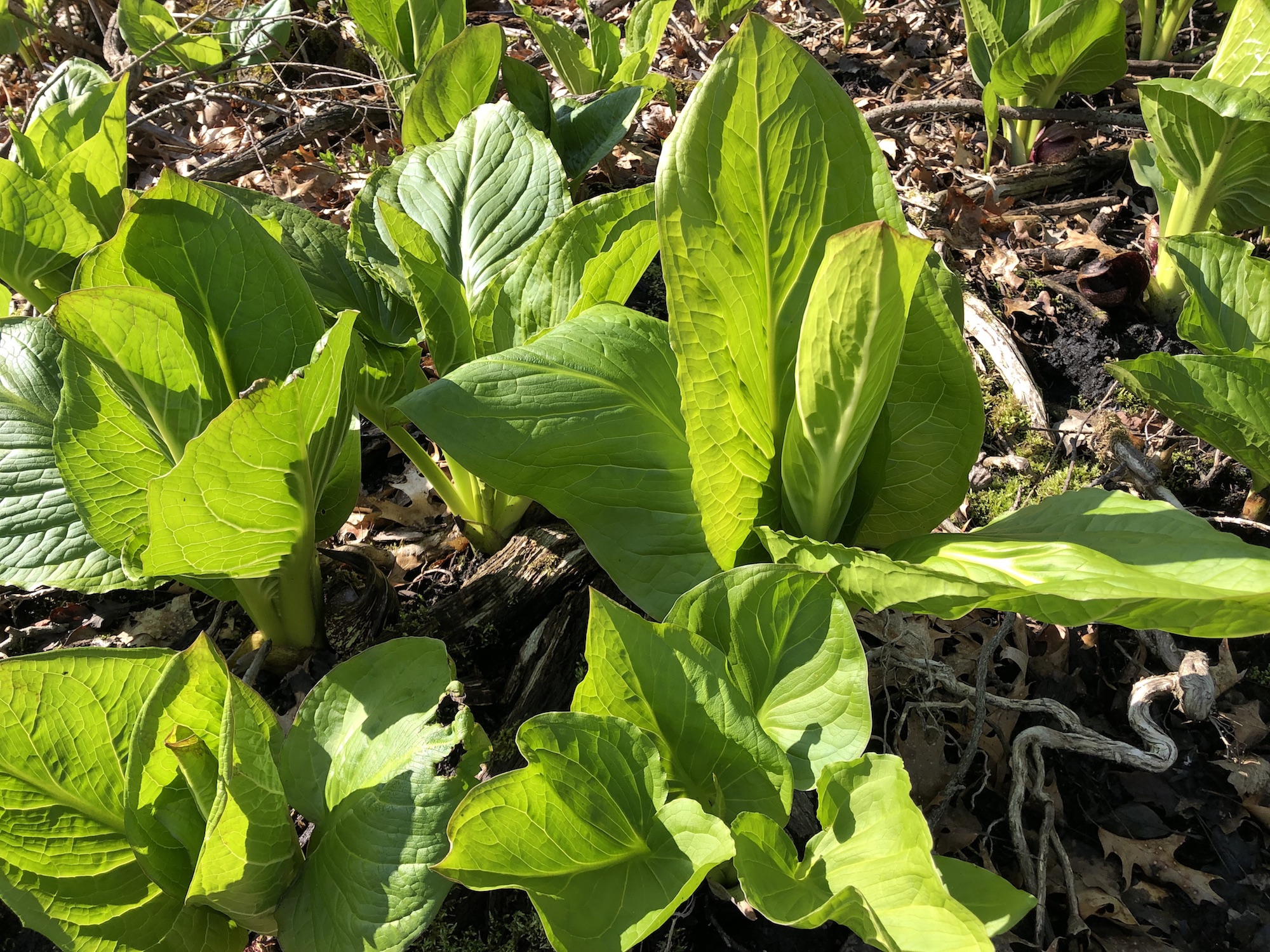
Above: Skunk Cabbage in UW-Madison Arboretum (5/4/19)
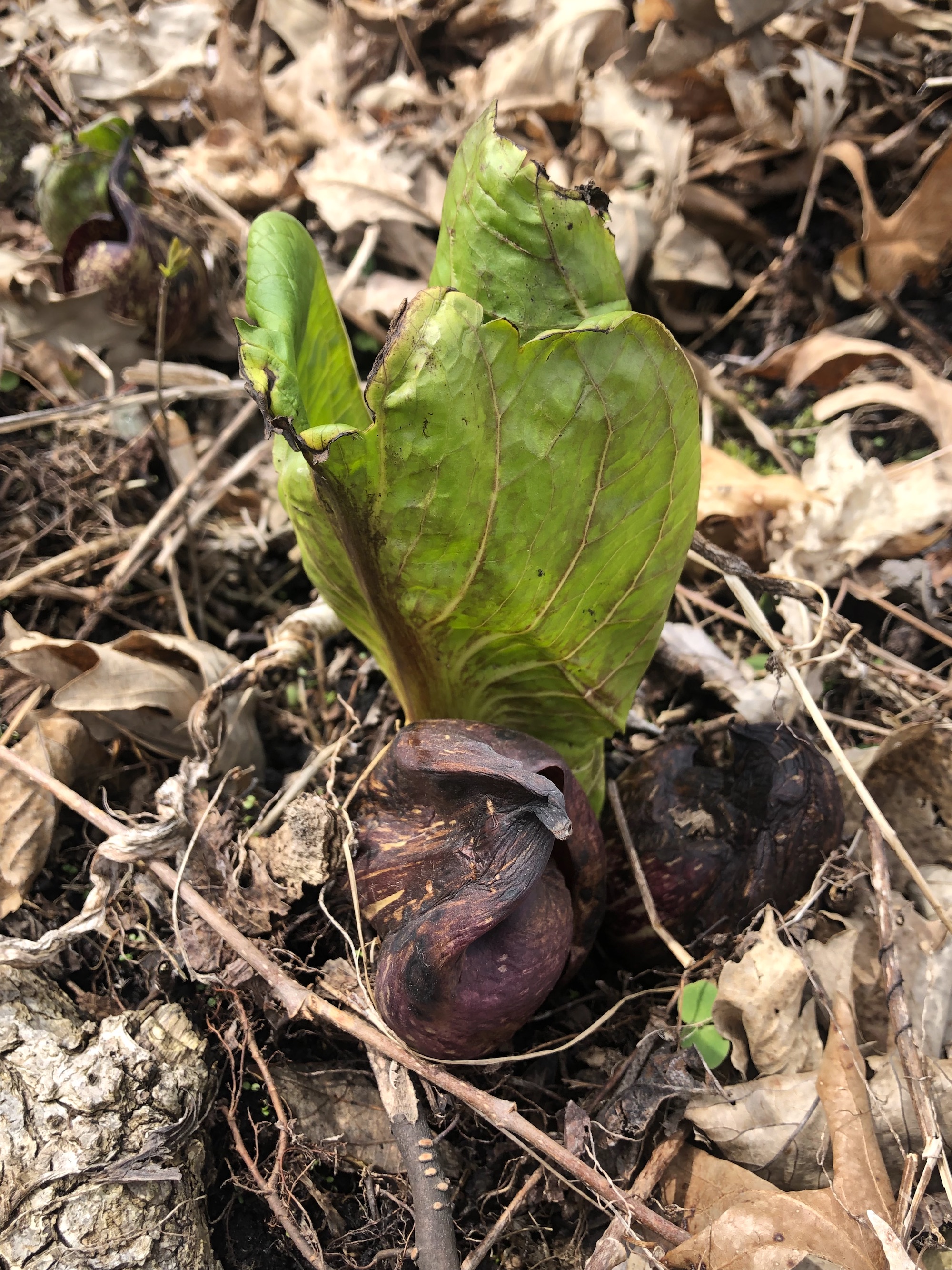
Above: Skunk Cabbage in UW-Madison Arboretum (4/29/22)
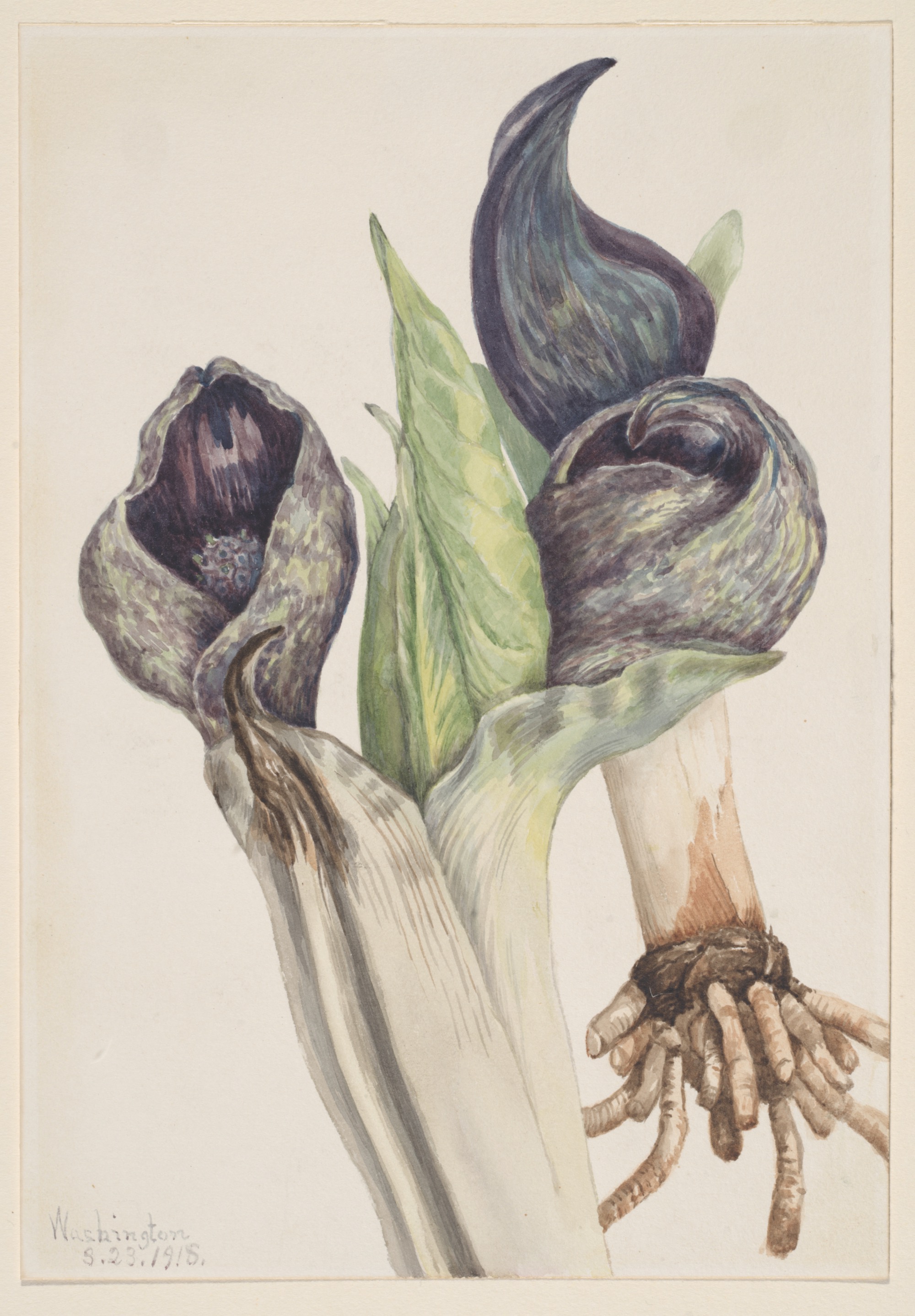
Above: 1918 Skunk Cabbage illustration by Mary Vaux Walcott. Smithsonian American Art Museum, Gift of the artist.
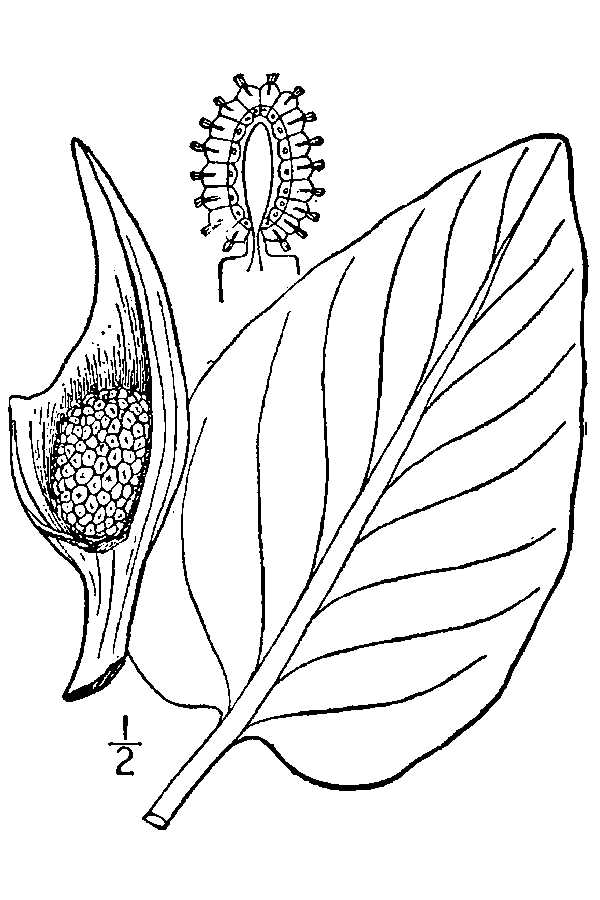
Above: 1913 Skunk Cabbage illustration.
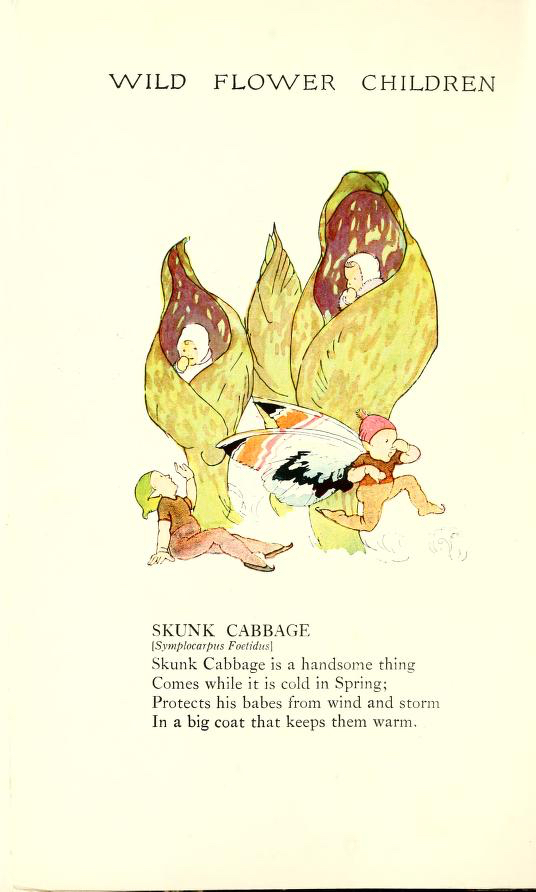
Above: Video about Skunk Cabbage by In Defense of Plants (Symplocarpus foetidus).
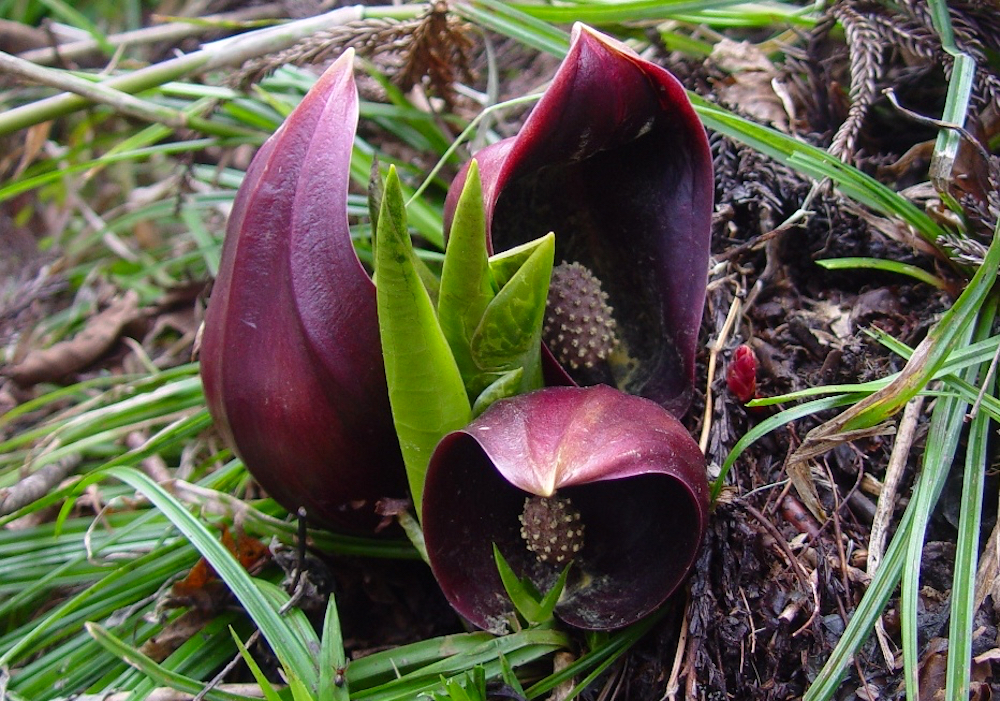
Above: Skunk Cabbage.